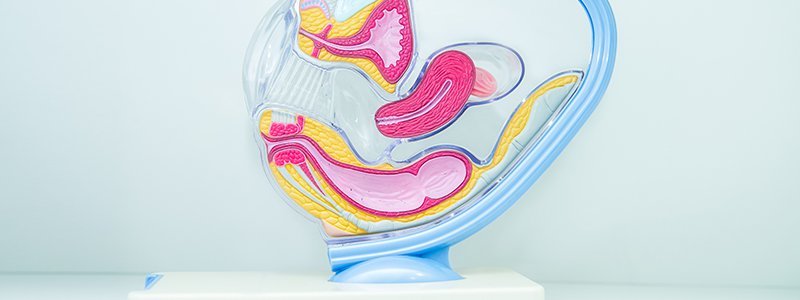
A yeast infection in the vaginal canal is not classified as a sexually transmitted infection.
Yeast is found naturally in the human body and on the skin. It creates a symptomatic yeast infection when it grows out of control. Vaginal yeast infections are the most frequent, causing itching, redness, discharge, and pain. Most yeast infections resolve within a week after therapy.
Yeast infection may go away on its own if it is minor. However, there is no way of knowing whether a yeast infection will go away or get worse without proper treatment.
Antifungal medication is mainly used to treat vaginal candidiasis. An antifungal drug or ointment can be administered inside the vaginal canal or orally.
- A yeast infection typically needs three to seven days to recover without medication.
- A moderate to a severe yeast infection can take one to two weeks to heal. This number can be reduced with appropriate treatment.
The first thing you will notice is that your vaginal discharge has reverted to its usual consistency and odor. The unpleasant smell will no longer be present, and the discharge is either stopped or reduced considerably. Yeast infections are characterized by recurrent and continued itching. You will notice that the itching has subsided, eliminating much of the discomfort.
Finally, all irritation, inflammation, or redness will go away. The appearance and feel of your genitals will return to normal.
Completing the course of your treatment is necessary. The medications will help prevent the future occurrence of the infection. To avoid another infection in the future, ensure you do not apply scented feminine products, replace tampons and pads frequently, avoid wearing tight underwear, drink plenty of water, and change out of damp swimsuits or gym clothing as soon as possible.
Keep the area clean, dry, and hygienic as much as possible.
What are vaginal yeast infections?
Vaginal yeast infections are caused by a yeast called candida. This infection is called candidiasis.
- Candida can survive in the body (the mouth, throat, gut, and vaginal canal) and on the skin without creating difficulties.
- If the environment inside the vagina alters in a way that favors candida growth, it can multiply and produce an infection.
- The term “vaginal yeast infection” refers to candidiasis in the vaginal area. “Vaginal candidiasis,” “vulvovaginal candidiasis,” and “candida vaginitis” are some of the other names for this condition.
It irritates the vagina and vulva (the tissues at the vaginal opening) and causes discharge and severe itching. Studies suggest that at a certain point in their lives, three out of four women will develop a vaginal yeast infection. At least two episodes are common in many women.
A yeast infection in the vaginal canal is not classified as a sexually transmitted infection. However, around the time of the first regular sexual activity, there is a higher chance of vaginal yeast infection.
Causes of yeast infections
Candida fungi thrive on the skin and inside the body in certain regions without producing health concerns in most people. There are numerous types of candida; at least 15 of which can cause infections if they multiply uncontrollably. When the balance of bacteria and candida in your vaginal area is disrupted, it can cause an infection.
7 factors that may disrupt the balance
- Pregnancy
- Certain medications, such as contraceptive pills (birth control pills, patches, or vaginal rings), antibiotics, and steroids
- Human immunodeficiency virus infection and other immune-suppressing disorders
- A sudden increase in sexual activity
- Consuming a high-sugar diet (a yeast food source)
- Having a bad vaginal hygiene routine
- Wearing synthetic underwear, pajama bottoms, and tight pants or spandex that keep the vaginal area warm and wet
Symptoms of yeast infections
5 signs of a yeast infection include:
- Itching or pain in the vaginal area
- Pain during sexual activity
- Pain or discomfort while urinating
- Irregular or abnormal vaginal discharge
- Bad odor

QUESTION
The vagina includes the labia, clitoris, and uterus. See Answer
Medically Reviewed on 6/28/2022
References
Sobel JD. Patient education: Vaginal yeast infection (Beyond the Basics). UpToDate. https://www.uptodate.com/contents/vaginal-yeast-infection-beyond-the-basics/print
Cleveland Clinic. Yeast Infections. https://my.clevelandclinic.org/health/diseases/5019-yeast-infections